Home>Furniture & Design>Kitchen Furniture>How To Fix Wobbly Dining Chairs
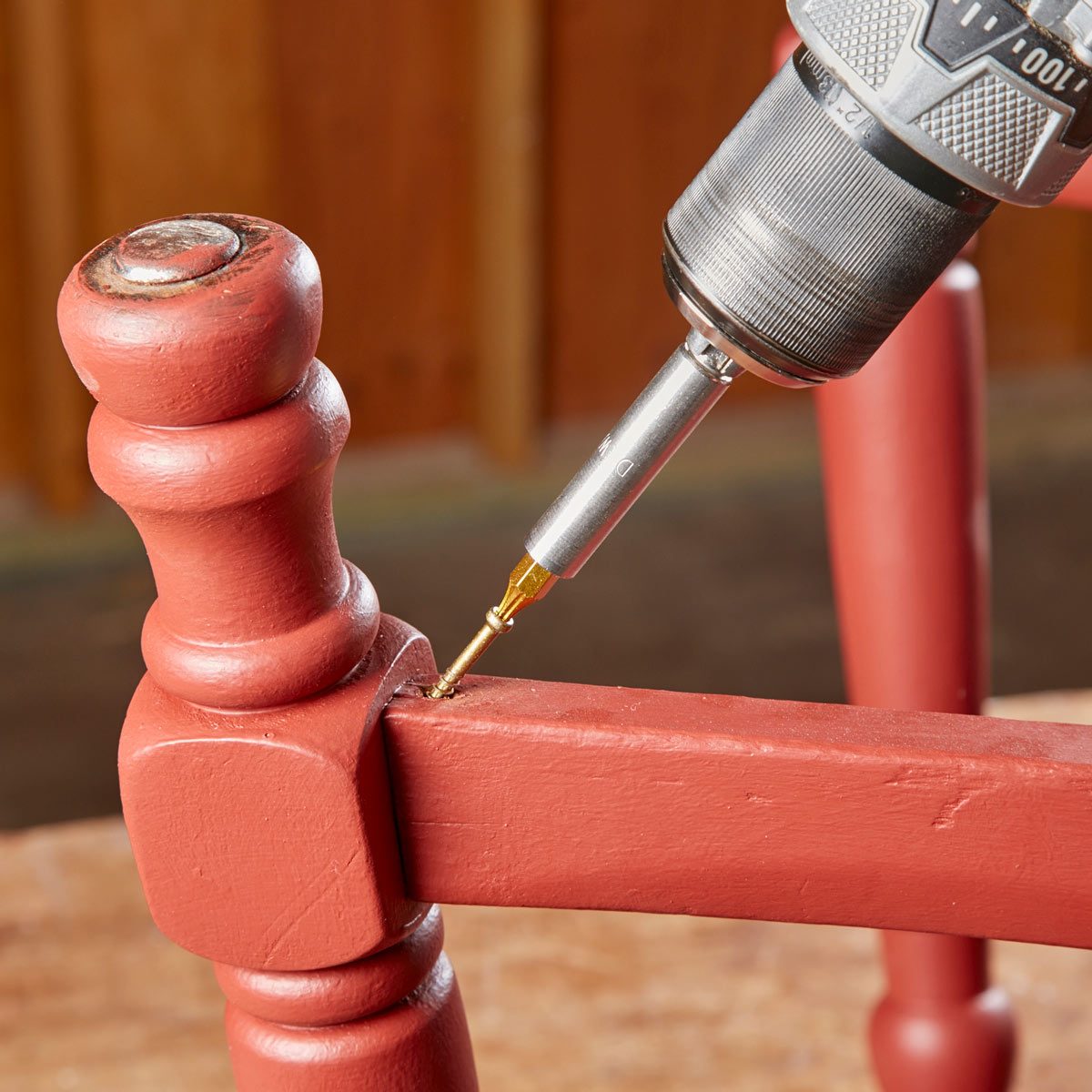

Kitchen Furniture
How To Fix Wobbly Dining Chairs
Published: January 31, 2024
Learn how to fix wobbly dining chairs with our expert tips. Keep your kitchen furniture stable and safe with our easy DIY solutions.
(Many of the links in this article redirect to a specific reviewed product. Your purchase of these products through affiliate links helps to generate commission for Storables.com, at no extra cost. Learn more)
**
Introduction
**
Welcome to the heart of your home, the dining area, where cherished memories are made and shared around the table. However, if your dining chairs are wobbly, it can put a damper on the dining experience. Fear not, as there are practical solutions to fix wobbly dining chairs and restore stability to your seating. Whether it's a loose joint, worn-out parts, or uneven legs causing the wobbliness, this comprehensive guide will equip you with the knowledge and techniques to address these issues effectively. By following these steps, you can ensure that your dining chairs provide a sturdy and secure foundation for countless more family meals and gatherings. Let's dive into the art of remedying wobbly dining chairs and reclaim the comfort and stability they once provided.
**
Key Takeaways:
- Say goodbye to wobbly dining chairs by tightening loose joints, adding support braces, replacing worn-out parts, and stabilizing uneven legs. Keep your seating sturdy for countless family meals and gatherings.
- Assess the problem, fix loose joints, add support braces, replace worn-out parts, and stabilize uneven legs to restore stability to your dining chairs. Enjoy wobble-free seating for memorable family moments.
Read more: How To Repair Wobbly Dining Room Chairs
Assessing the Problem
**
Before embarking on the journey to fix wobbly dining chairs, it’s crucial to assess the root cause of the issue. The wobbliness could stem from various factors, such as loose joints, worn-out parts, or uneven legs. Start by carefully inspecting each chair to identify the specific source of instability. Sit on the chair and gently rock back and forth to pinpoint the areas where the wobble is most pronounced. Additionally, examine the joints, legs, and overall structure for any visible signs of wear and tear, such as loose screws, cracked wood, or weakened support.
Another essential aspect of the assessment is determining whether the wobbliness is consistent across all chairs or isolated to a few. This evaluation will help you gauge the scope of the problem and decide whether individual repairs or a comprehensive fix for all chairs is necessary.
By thoroughly assessing the problem, you’ll gain valuable insights into the specific issues plaguing your dining chairs, laying the groundwork for targeted and effective solutions. Armed with a clear understanding of the underlying causes, you can proceed with confidence towards restoring stability and functionality to your dining seating.
**
Tightening Loose Joints
**
Loose joints are a common culprit behind wobbly dining chairs, often resulting from prolonged use and the natural settling of furniture over time. To address this issue, you can employ straightforward yet effective techniques to tighten the joints and reinforce the structural integrity of the chairs.
Begin by examining the connections between the chair’s components, focusing on areas where the wobbliness originates. If the chairs have screws or bolts, use a screwdriver or wrench to tighten them securely. Pay close attention to the connections between the legs and the seat, as well as the backrest and the frame. Ensure that all fasteners are snug and free from any play that could contribute to instability.
If the chairs feature traditional joinery, such as mortise and tenon or dovetail joints, you may need to disassemble the affected parts to access the loose joints. Carefully apply wood glue to the joint surfaces and reassemble the pieces, using clamps to hold them firmly in place as the glue sets. This method effectively reinforces the connections and eliminates wobbliness resulting from loose joints.
For chairs with stretchers or cross braces, tightening the joints in these areas can significantly enhance stability. Use wood screws or specialized fasteners to secure the stretchers to the legs, ensuring a tight and rigid connection that minimizes any lateral movement. Additionally, inspect the joints where the backrest meets the frame and reinforce them as needed to eliminate wobbliness and promote a solid seating experience.
By diligently tightening loose joints, you can breathe new life into your dining chairs, banishing wobbliness and restoring their steadfastness. This proactive approach not only addresses the immediate issue but also contributes to the long-term durability and reliability of your cherished seating.
**
Adding Support Braces
**
When dealing with wobbly dining chairs, especially those exhibiting instability in the legs or backrest, adding support braces can be a highly effective remedy. These braces serve to reinforce the structural integrity of the chairs, mitigating wobbliness and enhancing overall stability.
One approach involves installing corner braces or L-brackets at key junctions where the legs meet the seat, providing additional support and preventing lateral movement. Secure these braces using wood screws or bolts, ensuring a robust connection that minimizes any wobbling or swaying. Similarly, for chairs with a backrest, adding a horizontal support brace between the back legs can significantly bolster the chair’s stability, eliminating any rocking or tilting.
If your dining chairs feature stretchers or cross braces, inspect these components for signs of weakness or inadequate support. Reinforce the existing braces or add supplementary ones to create a sturdy framework that resists wobbliness and provides a reliable seating experience. By strategically placing support braces in areas prone to instability, you can effectively address the underlying causes of wobbliness and fortify your dining chairs against future issues.
Moreover, for chairs with removable seats, consider adding a plywood or MDF (medium-density fiberboard) base beneath the cushion to distribute weight evenly and minimize flexing or shifting. This simple yet impactful addition can contribute to the overall stability of the chairs, ensuring a solid and secure seating surface.
By incorporating support braces where needed, you can elevate the stability and resilience of your dining chairs, transforming them into steadfast and reliable seating options for your home. This proactive measure not only rectifies wobbliness but also reinforces the structural integrity of the chairs, prolonging their usability and enhancing the dining experience for years to come.
**
Check the chair’s joints for loose screws or glue. Tighten or replace any loose hardware. If the wobbling persists, consider adding adhesive felt pads to the bottom of the legs for stability.
Replacing Worn Out Parts
**
Over time, the components of dining chairs can succumb to wear and tear, leading to wobbliness and diminished stability. To remedy this, replacing worn-out parts is a proactive and effective solution that rejuvenates the structural integrity of the chairs, ensuring a secure and reliable seating experience.
Start by assessing the condition of the chair’s legs, particularly the feet or glides that come into direct contact with the floor. If these components are worn or damaged, replacing them with new glides or protective caps can enhance the chair’s stability and prevent wobbling caused by uneven contact points. Additionally, inspect the legs for any signs of splitting or weakening, and consider replacing compromised legs with sturdy, well-crafted replacements to restore the chair’s balance and solidity.
For chairs with upholstered seats, the padding and support system may degrade over time, leading to sagging or unevenness that contributes to wobbliness. In such cases, replacing the seat padding or adding additional support can rectify the issue, ensuring a level and stable seating surface that eliminates any rocking or instability.
If the chairs feature backrests, examine the connections between the backrest and the frame, as well as the integrity of the back support itself. Worn or damaged backrest components can compromise the chair’s stability, leading to wobbliness and discomfort. Consider replacing any deteriorated backrest elements or reinforcing the connections to restore the chair’s solidity and provide reliable back support.
Moreover, for chairs with stretchers, cross braces, or other load-bearing components, inspect these parts for signs of wear, cracking, or deformation. Replacing compromised stretchers or braces with new, robust equivalents can effectively eliminate wobbliness and fortify the chair’s structural framework, ensuring enduring stability and reliability.
By replacing worn out parts, you can breathe new life into your dining chairs, banishing wobbliness and restoring their steadfastness. This proactive approach not only addresses the immediate issue but also contributes to the long-term durability and reliability of your cherished seating.
**
Read more: How To Fix A Wobbly Dining Table
Stabilizing Uneven Legs
**
Uneven legs can be a significant contributor to the wobbliness of dining chairs, causing an imbalance that compromises stability and detracts from the seating experience. Fortunately, there are practical methods to stabilize uneven legs and restore equilibrium to your chairs, ensuring a solid and secure foundation for dining and gatherings.
Start by placing the chair on a flat surface and identifying the leg or legs causing the wobble. If the chair wobbles in multiple directions, it may indicate that more than one leg is uneven. To address this, consider using a leveling tool or simply observing the chair from different angles to pinpoint the extent of the unevenness.
Once you’ve identified the problematic leg or legs, assess the nature of the unevenness. In some cases, the legs may be uneven due to wear on the chair’s feet or glides, resulting in an imbalanced contact with the floor. Adding or replacing glides and protective caps can rectify this issue, ensuring that each leg makes even and stable contact with the floor, thereby eliminating wobbliness.
If the unevenness is more pronounced and stems from the legs themselves, consider using shims or furniture levelers to compensate for the imbalance. These adjustable devices can be placed beneath the shorter leg or legs to create a stable and level base, effectively counteracting the wobble and promoting a solid seating experience.
For wooden chairs, another approach involves carefully sanding down the longer legs to match the height of the shorter ones, thereby achieving uniformity and stability. This method requires precision and patience but can yield excellent results, ensuring that all legs make even contact with the floor and eliminating any wobbliness caused by unevenness.
By stabilizing uneven legs, you can restore balance and stability to your dining chairs, transforming them into reliable and steadfast seating options for your home. This proactive measure not only rectifies wobbliness but also ensures a secure and comfortable dining experience for you and your loved ones.
**
Conclusion
**
As the focal point of family gatherings and shared meals, your dining chairs play a pivotal role in providing comfort, support, and stability. When faced with wobbly dining chairs, it’s essential to address the underlying causes and implement effective solutions to restore their solidity and reliability. By carefully assessing the problem, tightening loose joints, adding support braces, replacing worn-out parts, and stabilizing uneven legs, you can breathe new life into your dining chairs and ensure a secure and enjoyable seating experience for years to come.
Remember that proactive maintenance and timely repairs are key to preserving the functionality and aesthetics of your dining chairs. Regularly inspect the chairs for signs of wear and instability, addressing any issues promptly to prevent them from escalating. Additionally, consider incorporating preventive measures, such as using furniture coasters to protect the legs and glides, and avoiding excessive weight or undue stress on the chairs.
Furthermore, don’t hesitate to seek professional assistance if the repairs or assessments exceed your comfort level or expertise. A skilled furniture repair specialist can provide valuable insights and solutions tailored to your specific chairs, ensuring that they remain sturdy, stable, and visually appealing.
By investing time and effort in maintaining and repairing your dining chairs, you can extend their lifespan and continue to create cherished memories around the dining table. Whether it’s a cozy family dinner or a festive gathering, your wobble-free dining chairs will serve as reliable companions, offering comfort and support to all who gather around them.
With these practical strategies and a commitment to preserving the integrity of your dining chairs, you can bid farewell to wobbliness and embrace the enduring stability and charm of your cherished seating.
Frequently Asked Questions about How To Fix Wobbly Dining Chairs
Was this page helpful?
At Storables.com, we guarantee accurate and reliable information. Our content, validated by Expert Board Contributors, is crafted following stringent Editorial Policies. We're committed to providing you with well-researched, expert-backed insights for all your informational needs.
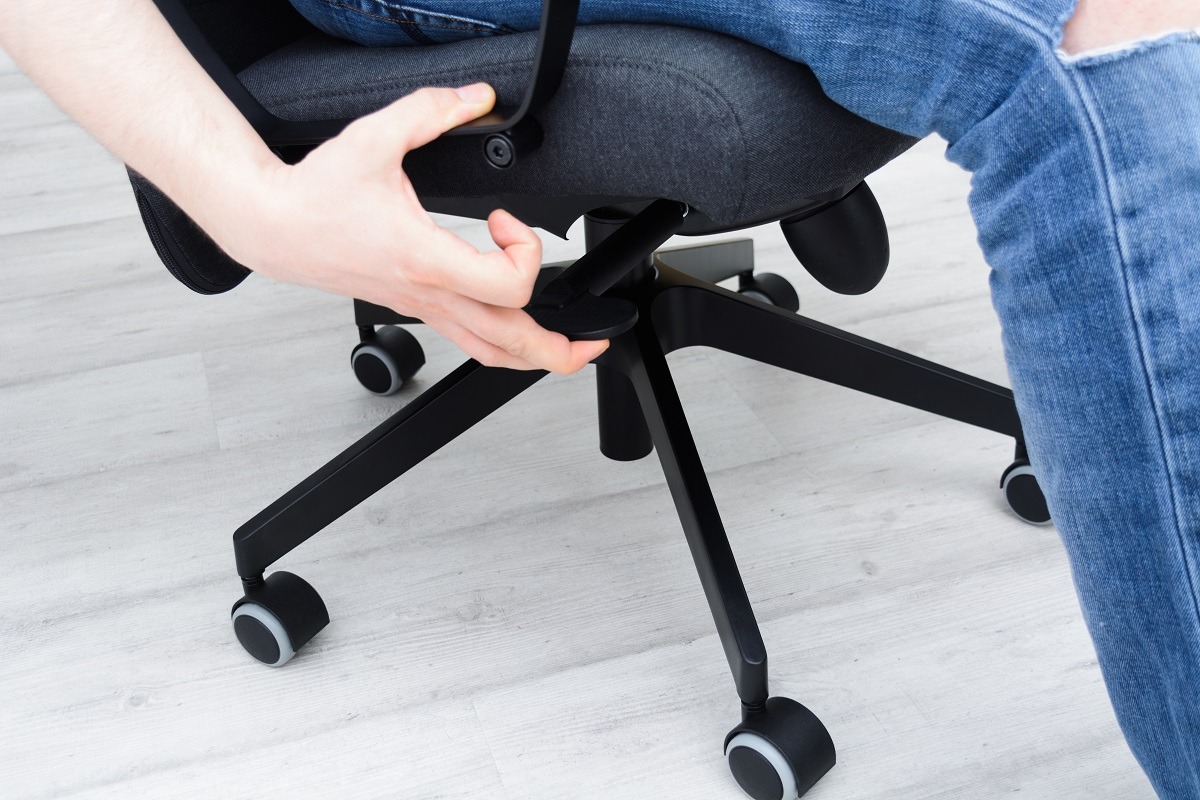
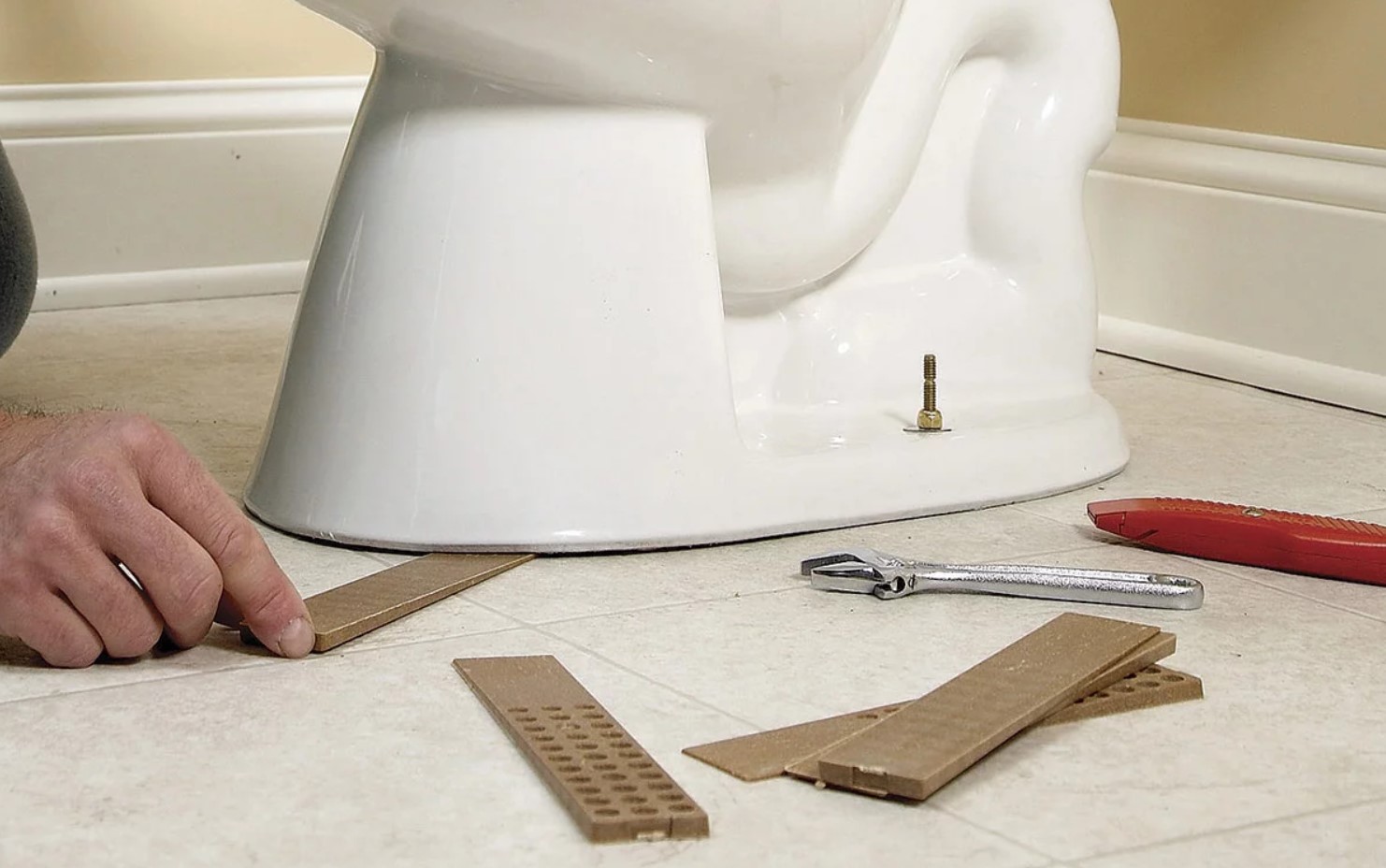
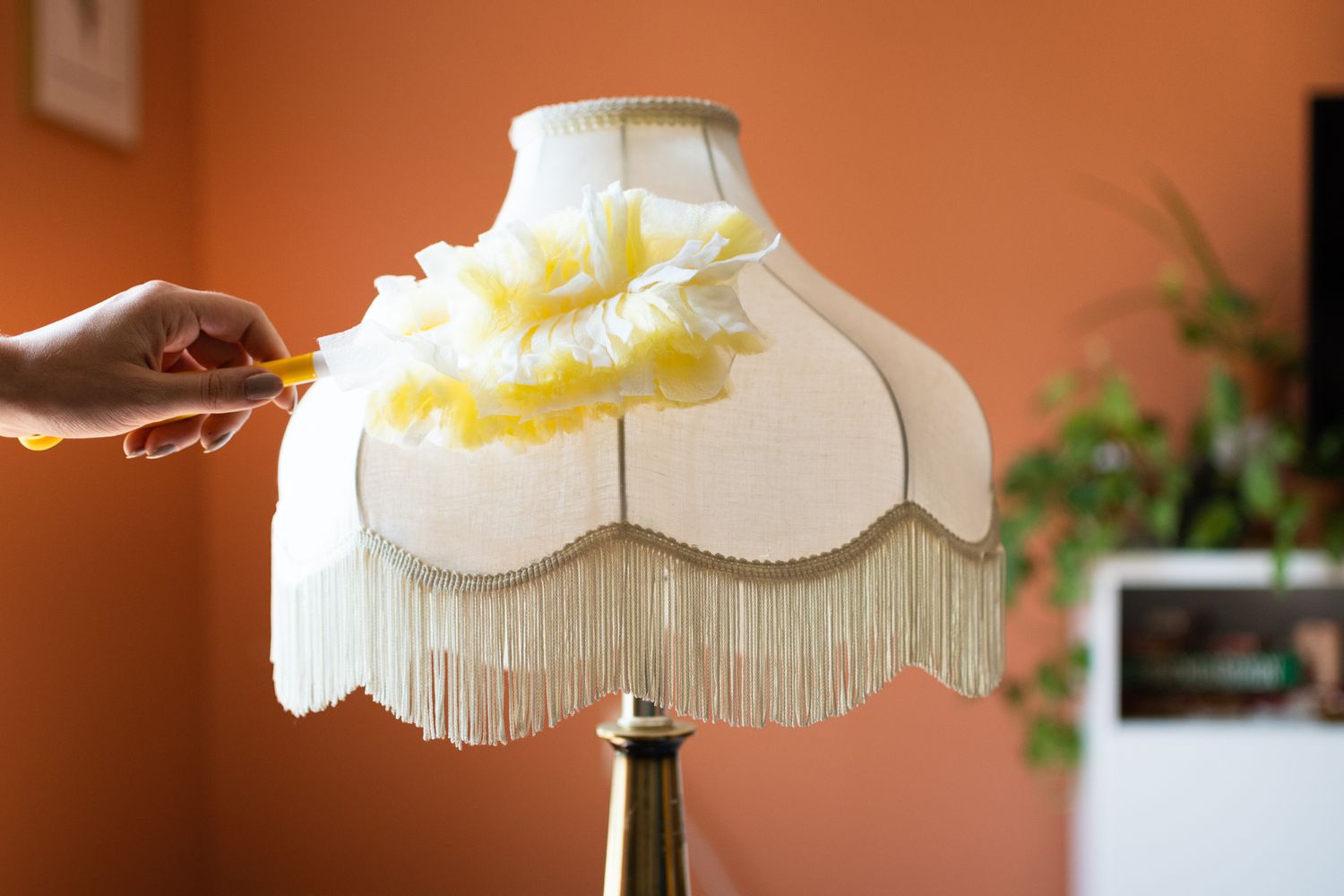
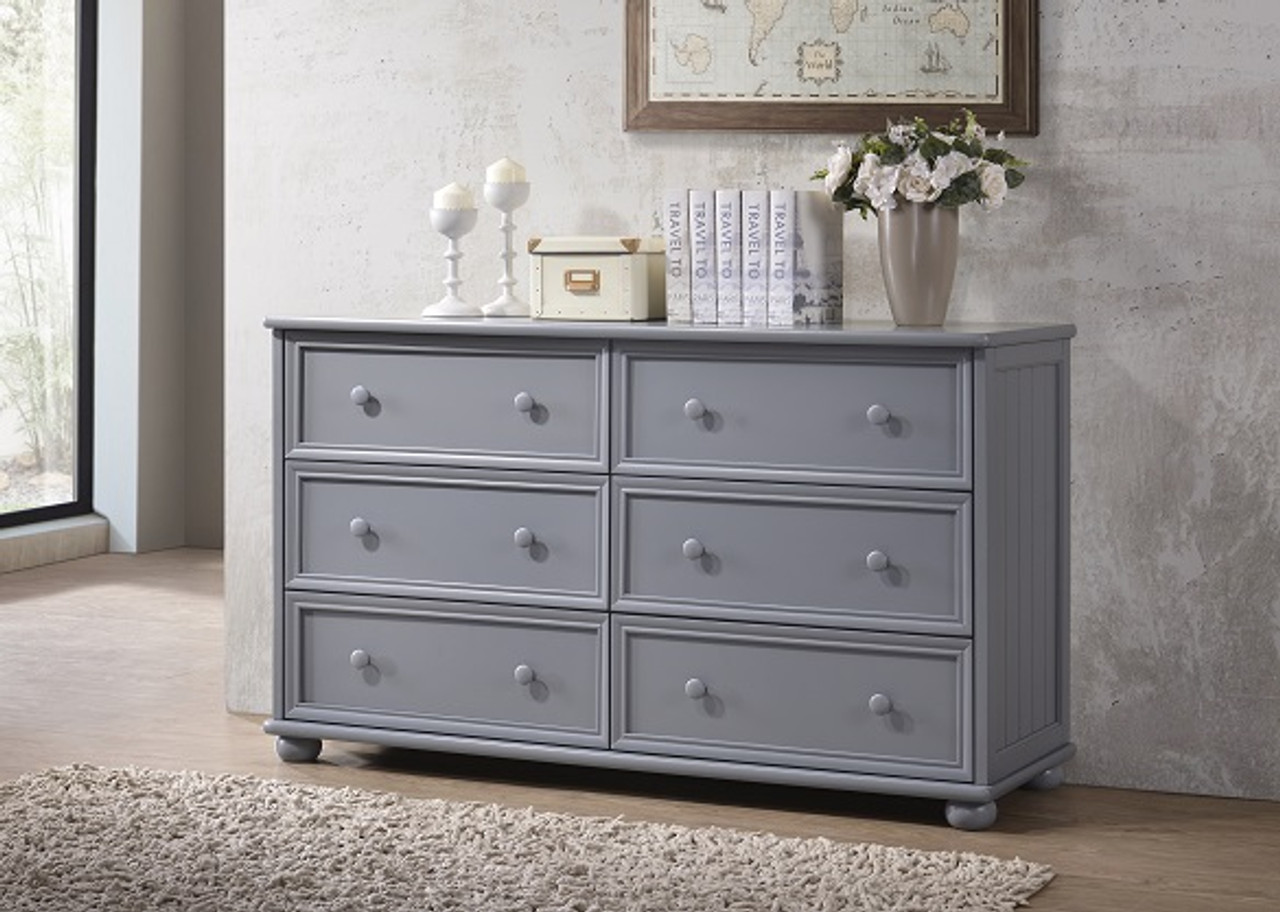
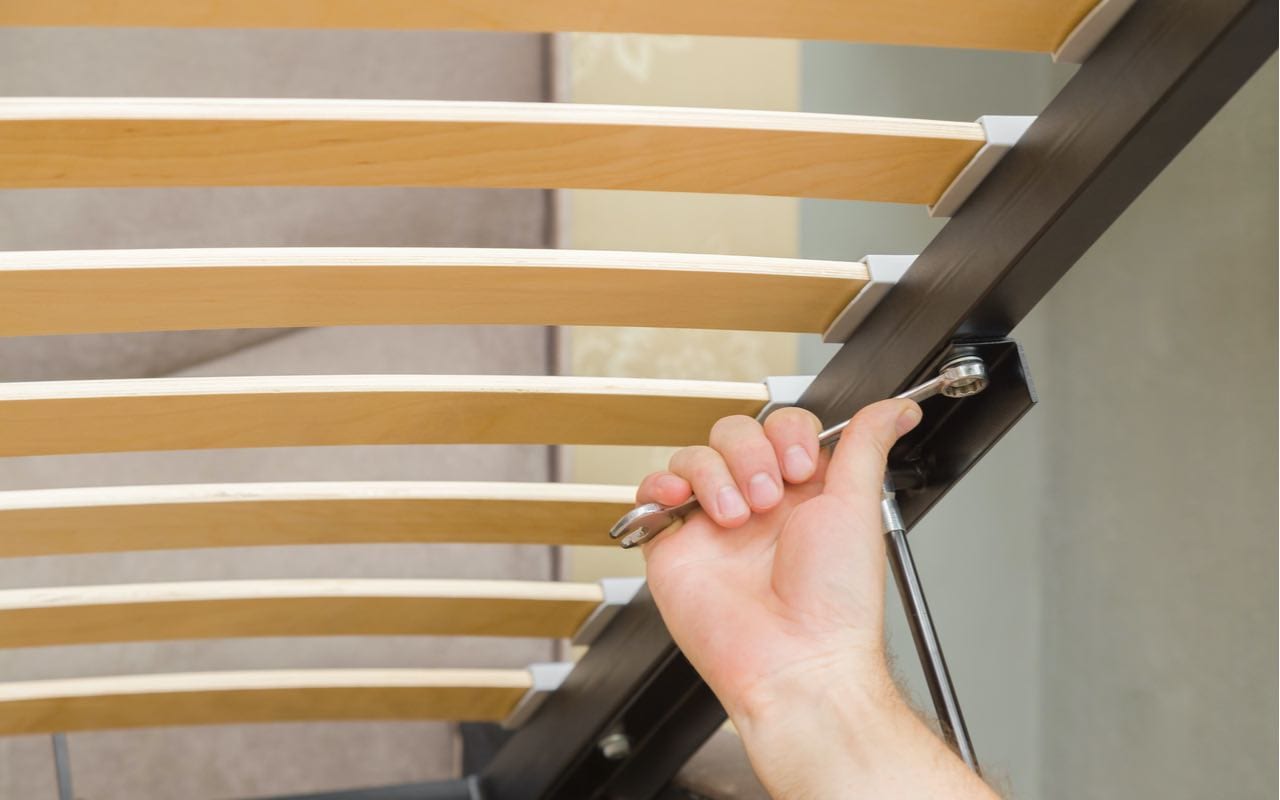
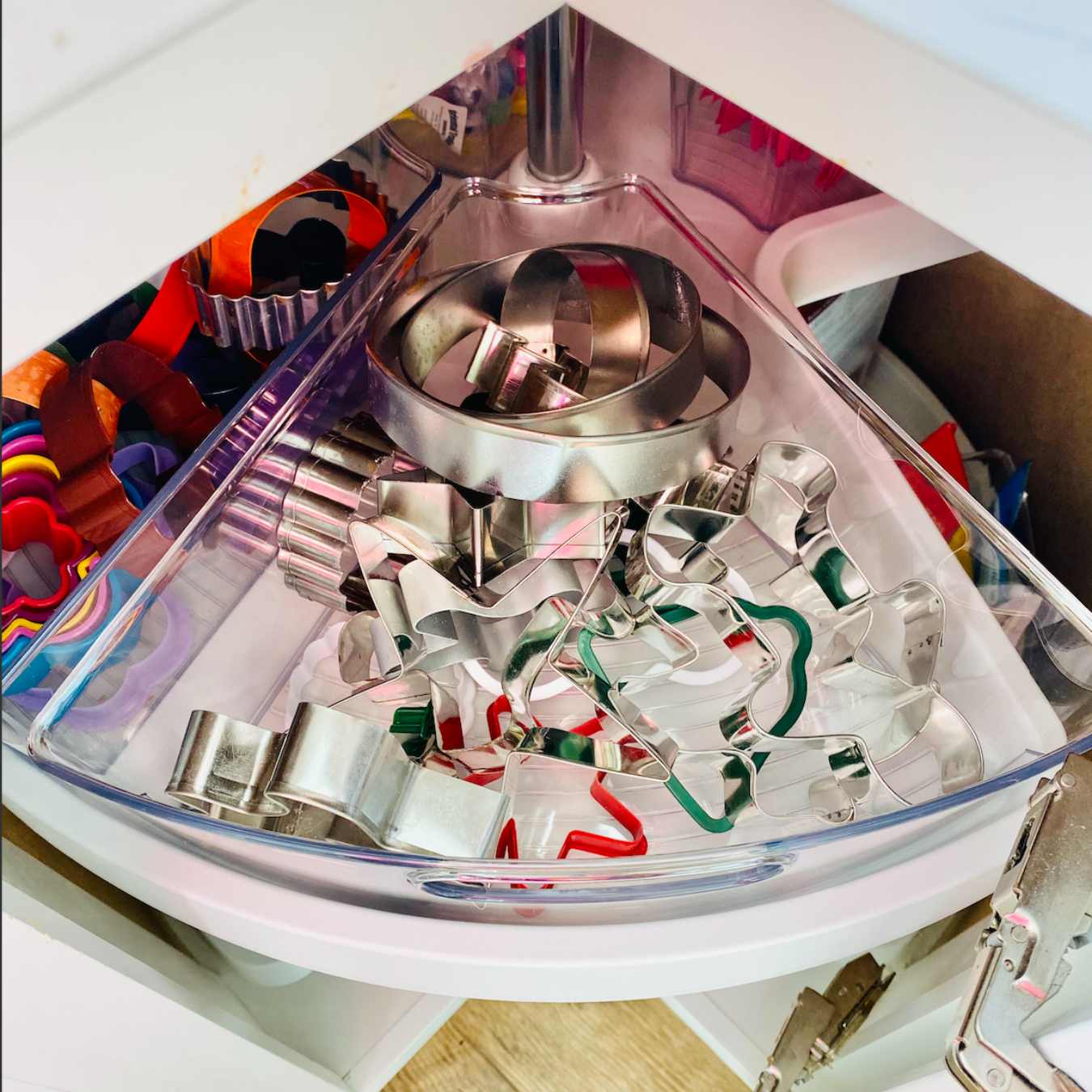
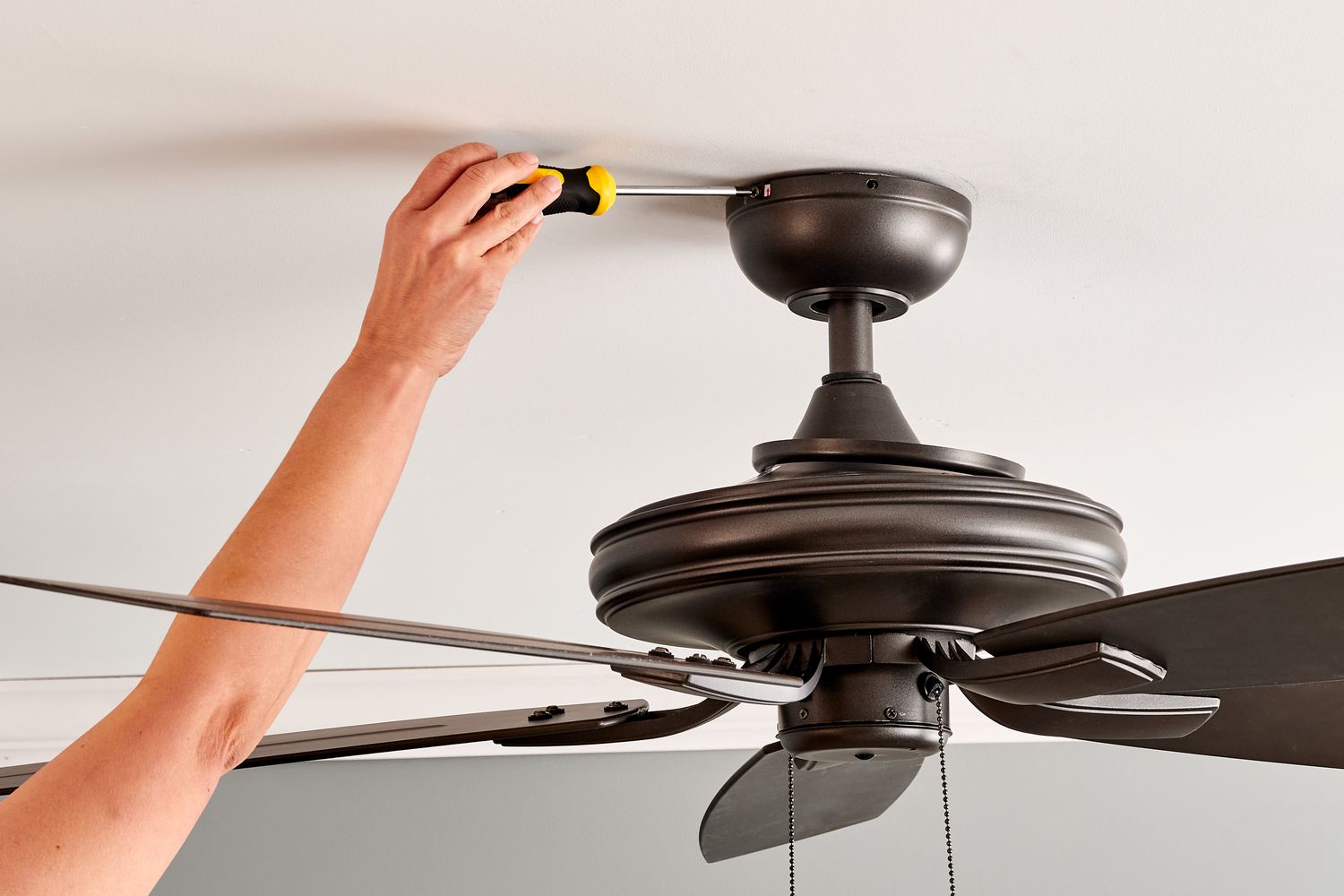

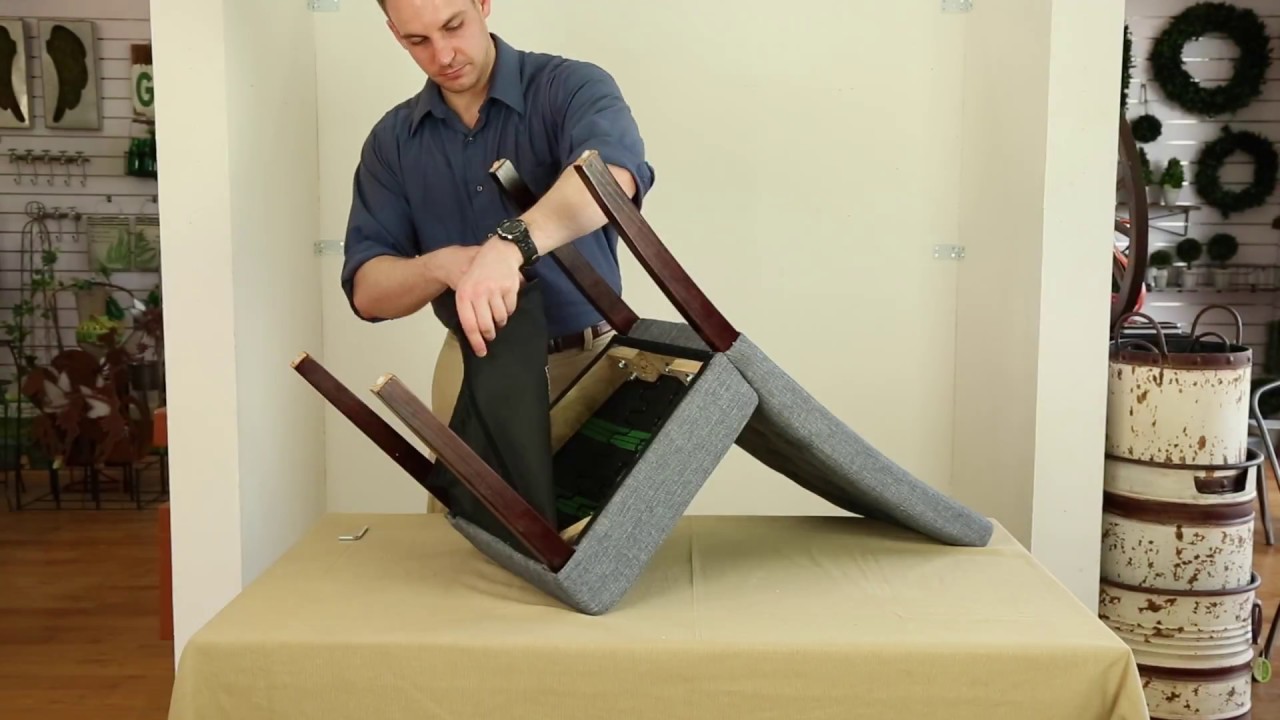
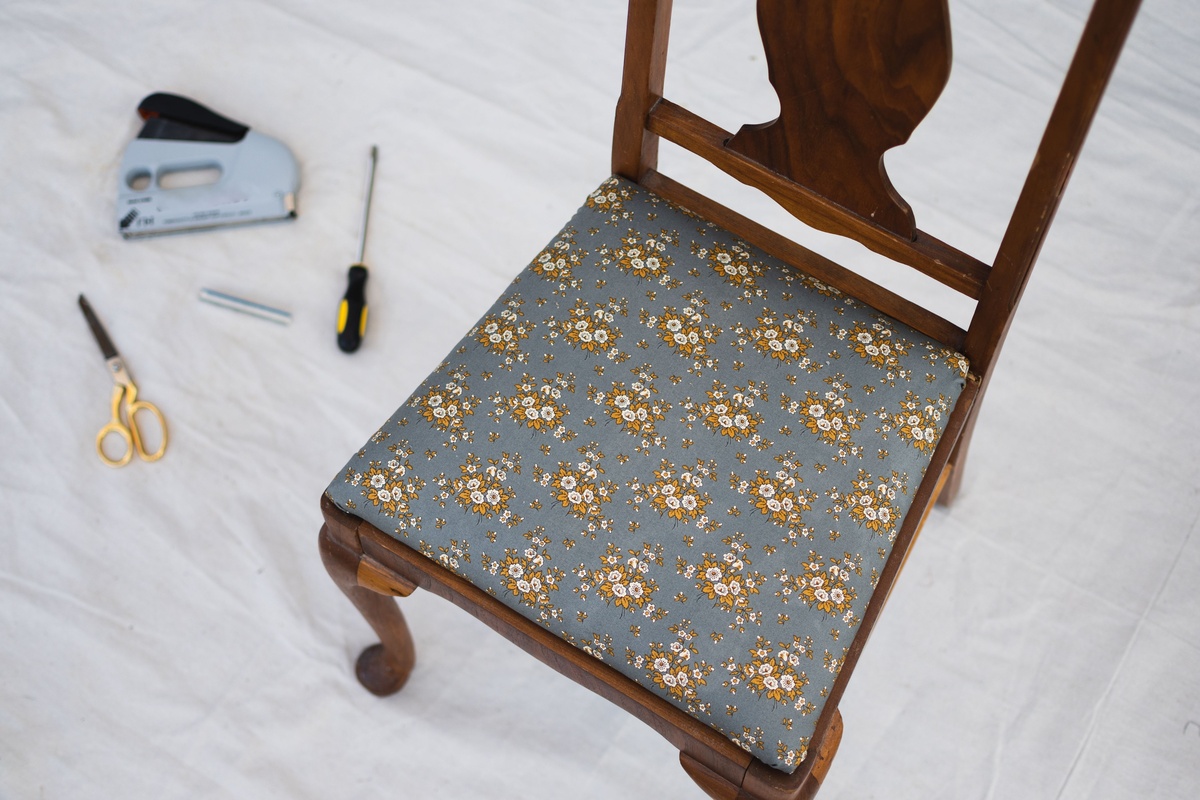
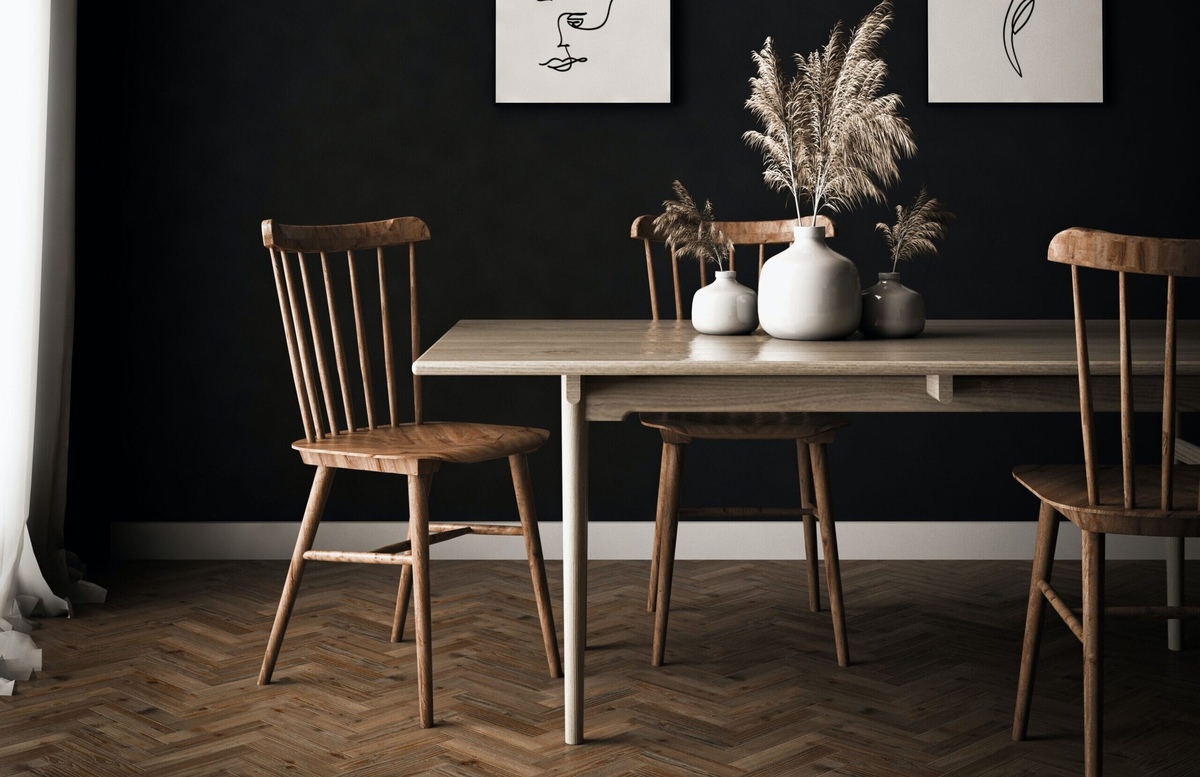
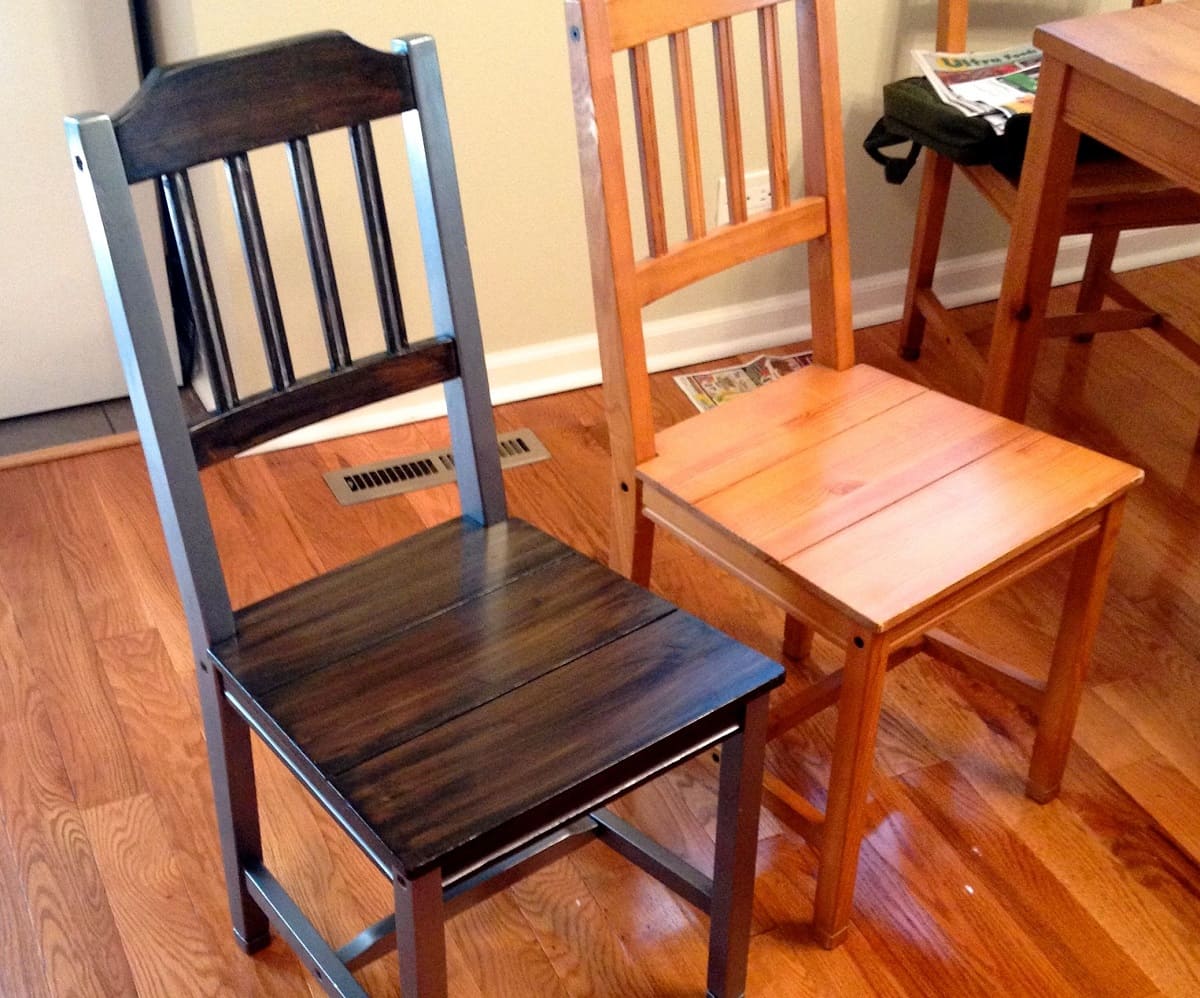
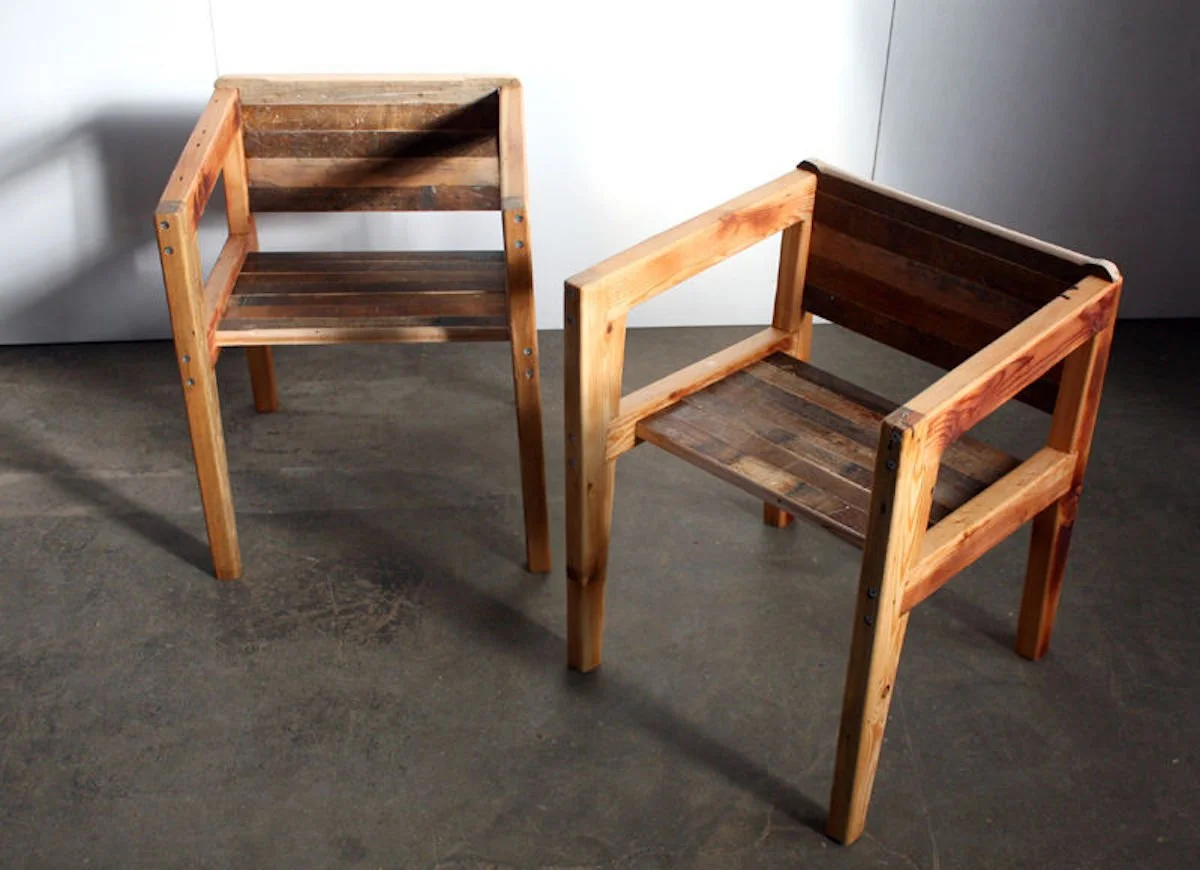
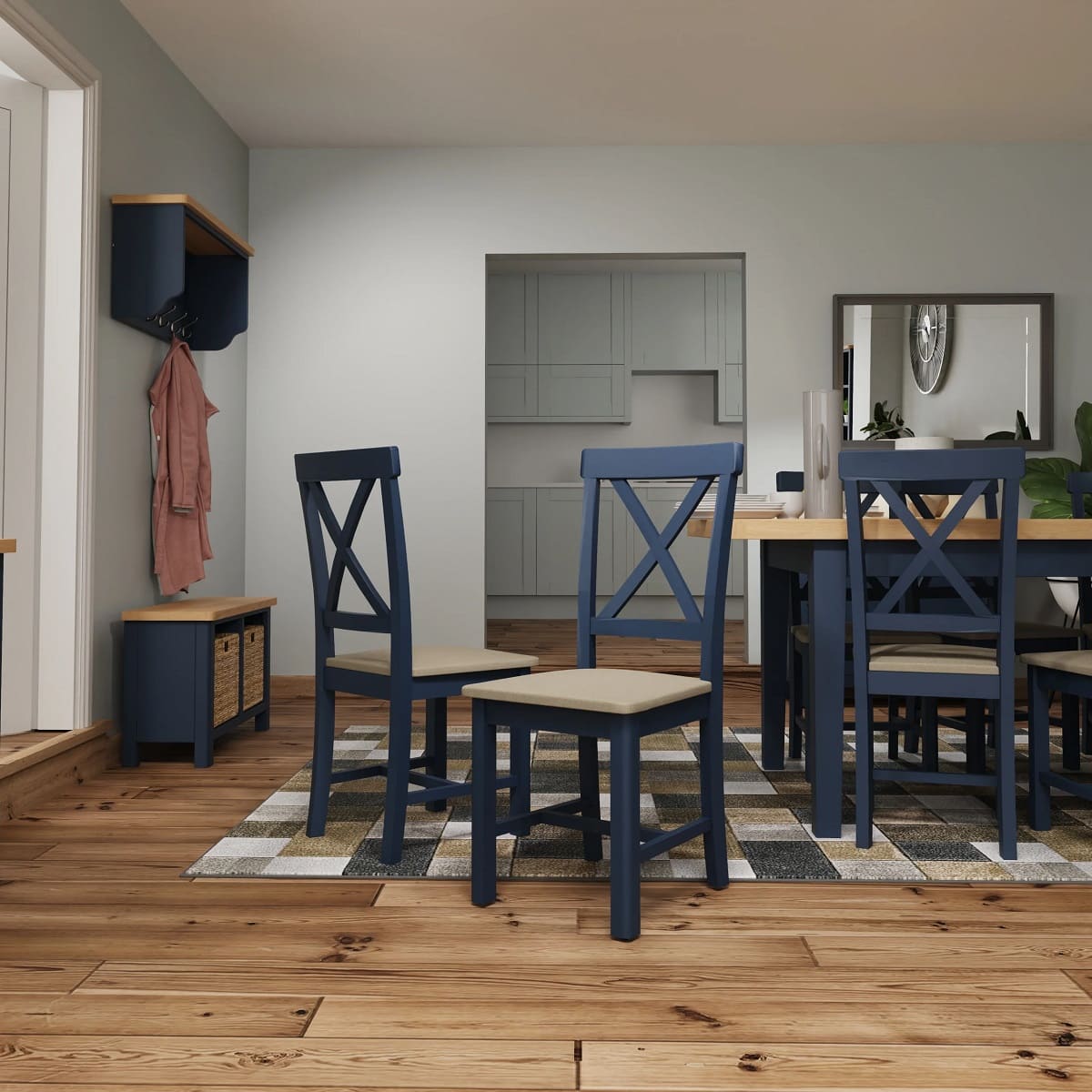

0 thoughts on “How To Fix Wobbly Dining Chairs”